Your Printable 1500 Calorie Meal Plan Isn’t Working Because You’re Missing These Hidden Success Factors

I’ll be honest – my first attempt at a 1500 calorie meal plan was a complete disaster. I was hangry by 2 PM, sneaking crackers by 4 PM, and ordering pizza by dinner. Sound familiar? I thought I was just weak-willed, but it turns out I was missing some pretty important pieces of the puzzle that nobody talks about.
After months of feeling like a failure, I dove deep into the research and started testing different approaches on myself. What I discovered completely changed everything – timing, psychology, and food quality matter way more than just hitting that magic number on your calorie tracker.
According to Diabetes UK, losing one to two pounds a week is a safe and realistic target for most people following a structured 1500-calorie approach. Look, that felt painfully slow to me at first, but I learned why that pace actually works when you get the implementation right. This guide reveals the overlooked factors that transformed my experience from restrictive dieting hell to actually sustainable nourishment.
Table of Contents
- The Real Science Behind Meal Timing That Changes Everything
- Why Printing Your Meal Plan Actually Rewires Your Brain for Success
- The Nutrient Density Secret That Makes 1500 Calories Feel Like More
- Building a System That Actually Sticks Long-Term
TL;DR
- Your hunger hormones are basically on a schedule – and once you know it, you can beat them at their own game
- Eating protein within 90 minutes of waking is like flipping a switch that makes you feel satisfied all day
- I know printing sounds old-school, but physical meal plans literally rewire your brain differently than apps
- Certain food combos can boost how many calories you burn just digesting them – it’s like getting a mini workout from lunch
- When every bite is packed with nutrients, your body stops sending those desperate “feed me” signals
- Having backup plans prevents the all-or-nothing meltdowns that kill most diet attempts
The Real Science Behind Meal Timing That Changes Everything
Here’s what I wish someone had told me from the start: calories aren’t just calories. I used to think I could eat my 1500 calories whenever I wanted and get the same results, but timing completely transforms how your body responds. Your hunger hormones, energy levels, and metabolism all operate on natural rhythms that most meal plans completely ignore.
When you align your eating with these biological patterns, 1500 calories stops feeling like torture and starts feeling satisfying. The key is understanding how those hunger waves work – you know, the ones that hit like clockwork and make you want to raid the pantry.
I spent months tracking my own patterns and realized that fighting against these natural cycles was making everything ten times harder than it needed to be.
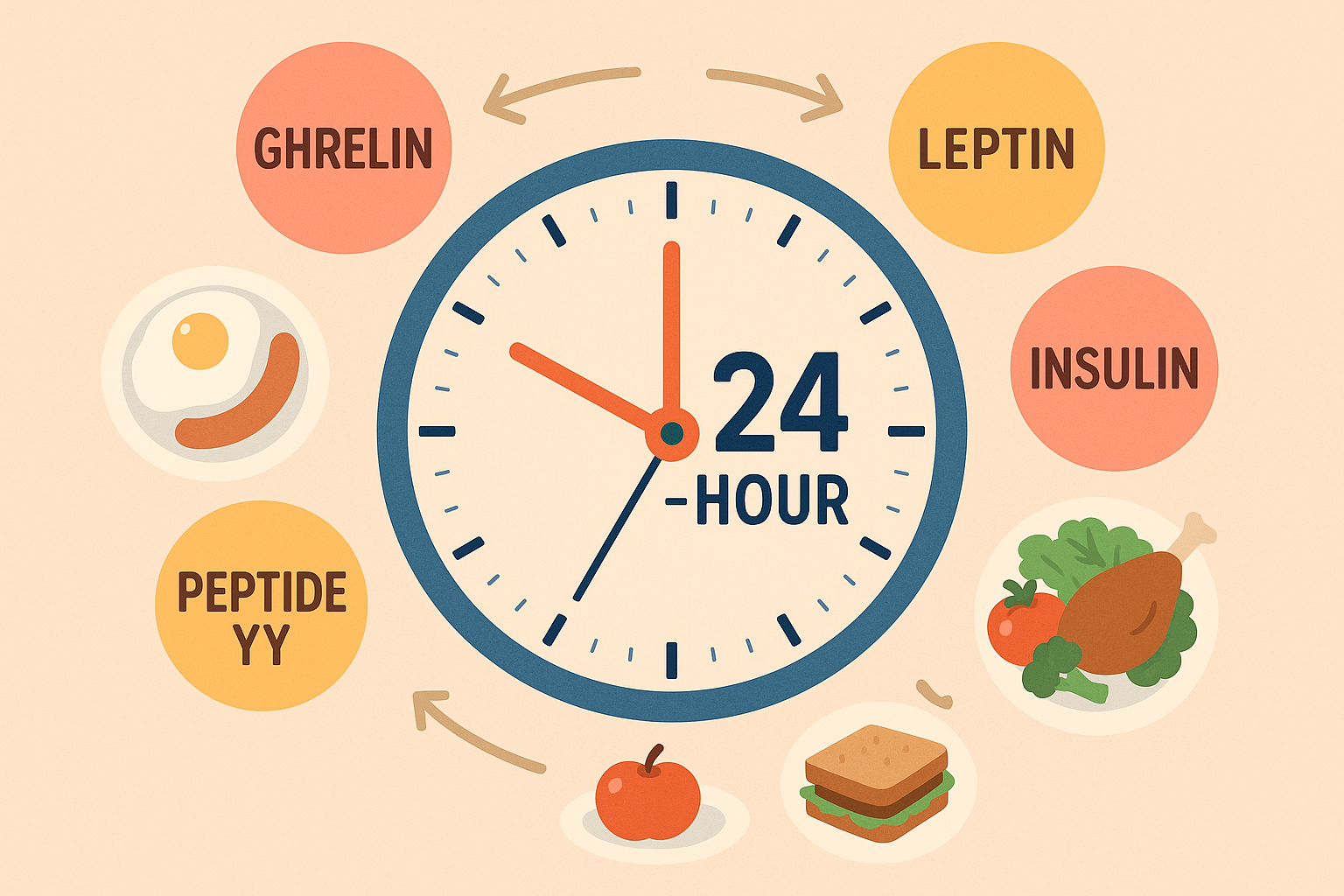
Your Hunger Hormones Are More Predictable Than You Think
Okay, this might sound nerdy, but stick with me because this changed everything. Those hunger pangs that seem to come out of nowhere? They’re actually following a pretty predictable schedule. Most people experience hunger waves every 3-4 hours, but here’s the game-changer: you can time your meals to prevent these waves from hitting at all.
I used to think I was just weak-willed when I’d cave at 3 PM every single day. Turns out, my body was just doing what bodies do. Once I stopped trying to suppress hunger and started anticipating it, meal planning became strategic rather than this constant battle of willpower.
Working With Your Hunger Cycles Instead of Against Them
Those intense hunger pangs that make you want to abandon your meal plan entirely? They rise predictably every 3-4 hours. But here’s what I discovered: if you eat before these spikes hit, you can prevent them from happening at all. It’s like knowing when the wave is coming and getting out of the water before it crashes.
This becomes even more important when you’re following intermittent fasting protocols, which can help regulate those hunger hormones more effectively within your calorie framework.
| Time of Day | Hunger Level | What Actually Works | Calorie Distribution |
|---|---|---|---|
| 6:00-8:00 AM | Waking up hungry | Protein-rich breakfast | 350-400 calories |
| 10:00-11:00 AM | Usually fine | Light snack if needed | 100-150 calories |
| 12:00-1:00 PM | Getting hungry | Balanced lunch | 400-450 calories |
| 3:00-4:00 PM | Danger zone | Protein + fiber snack | 150-200 calories |
| 6:00-7:00 PM | Starving mode | Satisfying dinner | 450-500 calories |
| 9:00 PM+ | Should be winding down | Avoid eating | 0 calories |
The 90-Minute Morning Protein Window That Changes Your Entire Day
This one sounds too simple to work, but getting protein within 90 minutes of waking does something remarkable to your appetite for the rest of the day. I noticed my cravings felt more manageable and my energy stayed stable when I prioritized this timing. It’s like flipping a switch that makes your satiety signals actually work properly.
Your body starts trusting that food is coming regularly, so it stops sending those panic signals that make you want to eat everything in sight. This morning protein strategy works particularly well when paired with nutrient-dense breakfast options that provide sustained energy throughout your morning.
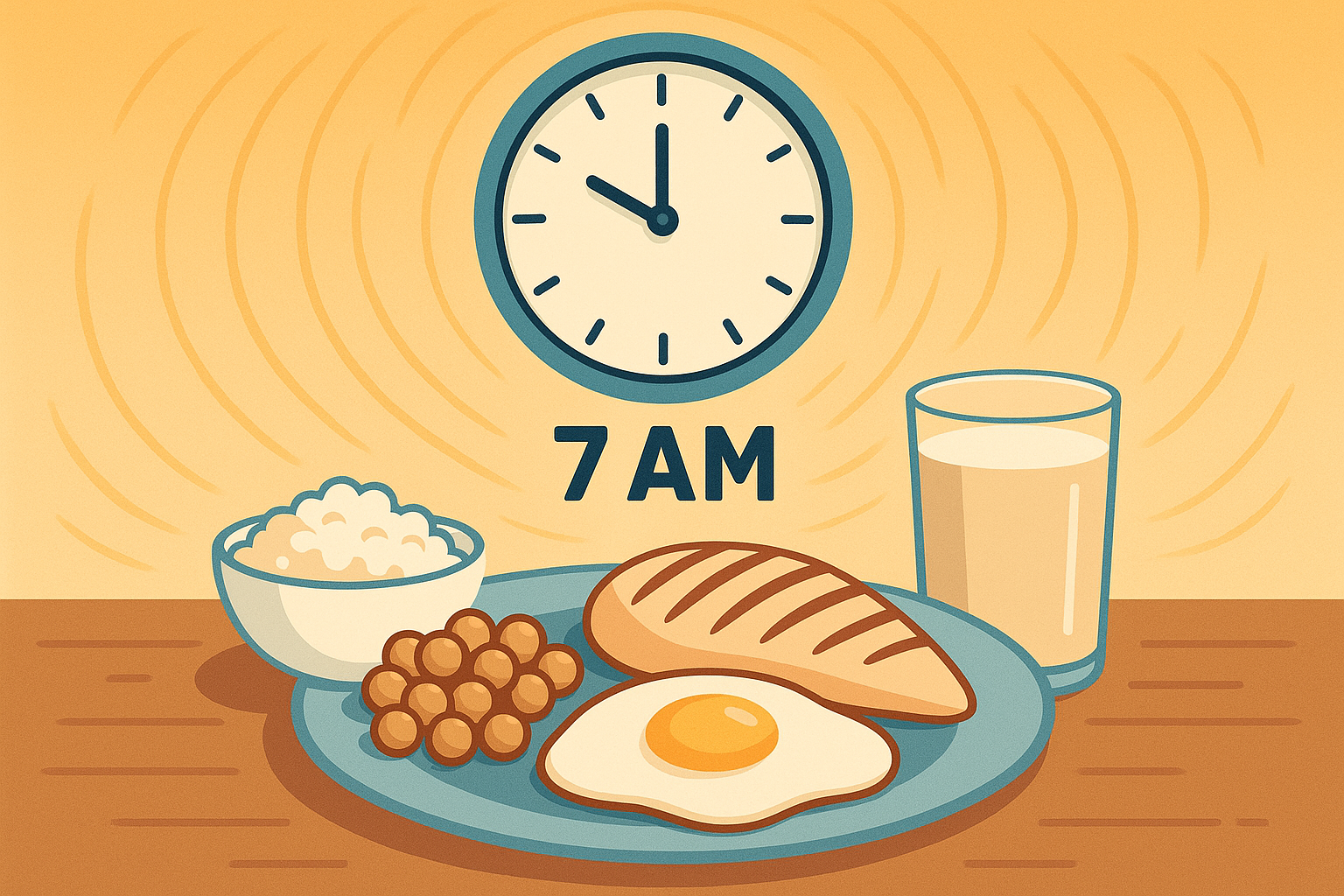
My friend Sarah was basically living on vending machine snacks every afternoon. You know that 3 PM crash where you’d sell your soul for a candy bar? That was her daily reality. Then she started having Greek yogurt with berries and nuts within 90 minutes of waking. Within a week, her 3 PM vending machine visits disappeared entirely, and she naturally stayed within her 1500 calorie target without the usual willpower battles.
Creating Stable Energy Without the Afternoon Crash
Those blood sugar rollercoasters are what make most people throw in the towel on calorie-controlled eating. I used to think afternoon crashes were just part of life, but I’ve learned that the sequence and combination of what you eat matters just as much as the total calories.
When you get this right, you can maintain steady energy all day without those 3 PM crashes that send you straight to the break room donuts. I used to think fatigue was inevitable with eating less, but proper meal timing eliminated that problem entirely.
Foods That Actually Improve How Your Body Uses Calories
Some foods work behind the scenes to make your body more efficient at using the calories you consume. I’m talking about things like Ceylon cinnamon, bitter melon, and chromium-rich vegetables. They’re not just healthy additions – they’re like metabolic enhancers that help your body make the most of every calorie in your 1500 calorie budget.
I started adding a pinch of Ceylon cinnamon to my morning coffee and noticed my energy stayed more stable throughout the morning. These small additions compound over time to create significant advantages without adding extra calories.
Why Timing Your Carbs Around Your Body’s Natural Rhythms Makes Sense
Your stress hormone naturally peaks at certain times during the day, and eating complex carbohydrates during these windows actually supports your system instead of stressing it out more. This timing strategy prevents the metabolic slowdown that often happens with calorie restriction, keeping your energy levels stable throughout the day.
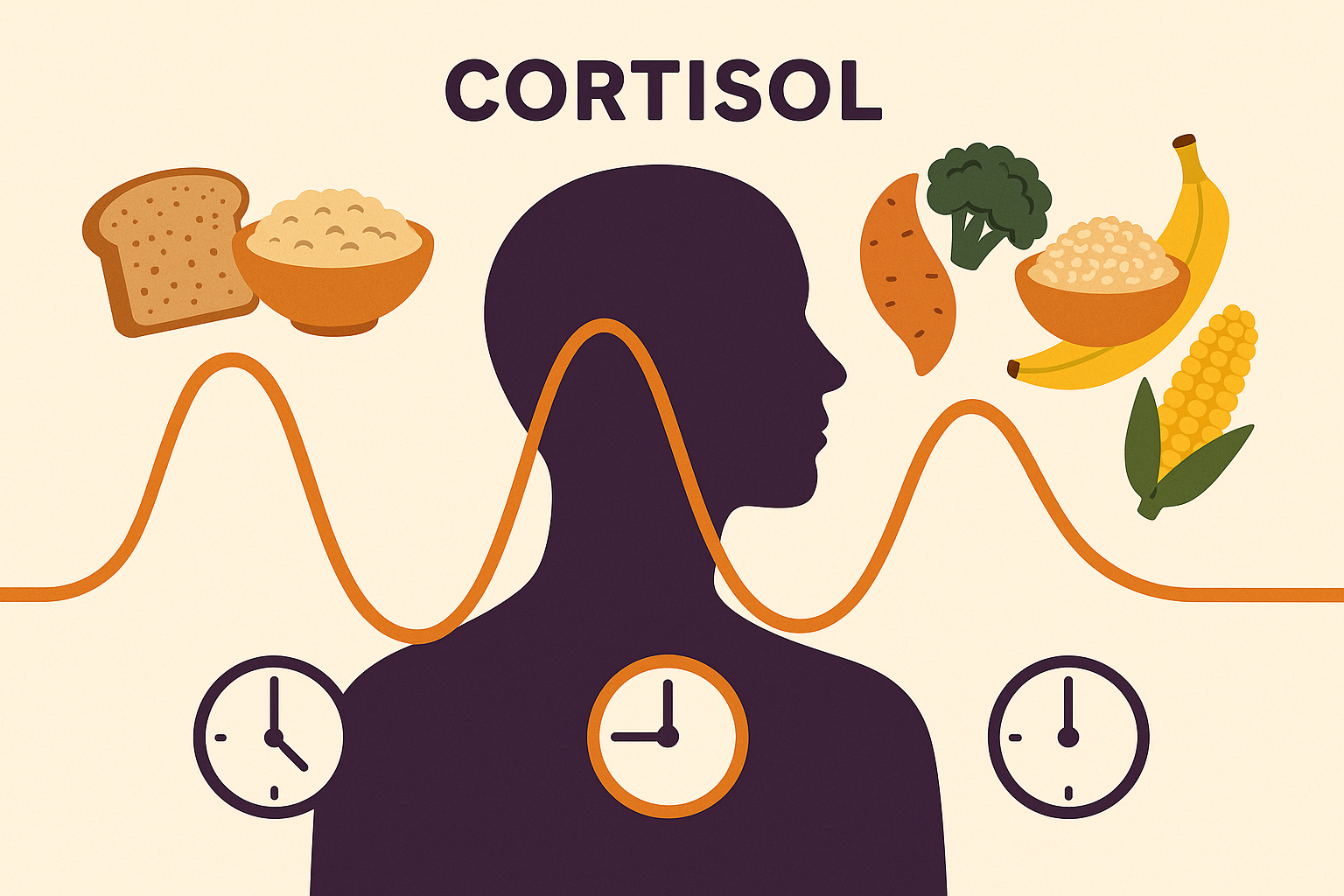
The Post-Workout Eating Window That Maximizes Results
Here’s something that completely changed how I think about exercise and eating: consuming 25-30% of your daily calories within two hours after exercise creates an environment where your body composition changes more dramatically, even within a 1500 calorie framework. I’ve seen this make a huge difference in how people feel about their progress and their relationship with food.
Food Combinations That Boost How Many Calories You Burn
Okay, this is going to sound like I’m making it up, but certain food combos can increase how many calories your body burns just digesting them by up to 15%. It’s like getting a mini workout just from eating lunch. This isn’t about eating more – it’s about making your body work harder to process what you’re already eating.
Making Protein Work Harder for You
Pairing complete proteins with specific minerals increases how much energy your body burns just digesting and processing these combinations. Your body burns more calories just handling these foods, which means you’re getting more metabolic bang for your caloric buck.
| Protein Source | Pair It With | Why It Works | Try This Combo |
|---|---|---|---|
| Lean chicken | Zinc-rich pumpkin seeds | Burns 12-15% more calories | Chicken salad with pumpkin seeds |
| Wild salmon | Magnesium-rich spinach | Burns 10-13% more calories | Salmon over spinach bed |
| Greek yogurt | Chromium-rich broccoli | Burns 8-11% more calories | Yogurt with roasted broccoli |
| Eggs | Selenium-rich Brazil nuts | Burns 9-12% more calories | Scrambled eggs with chopped Brazil nuts |
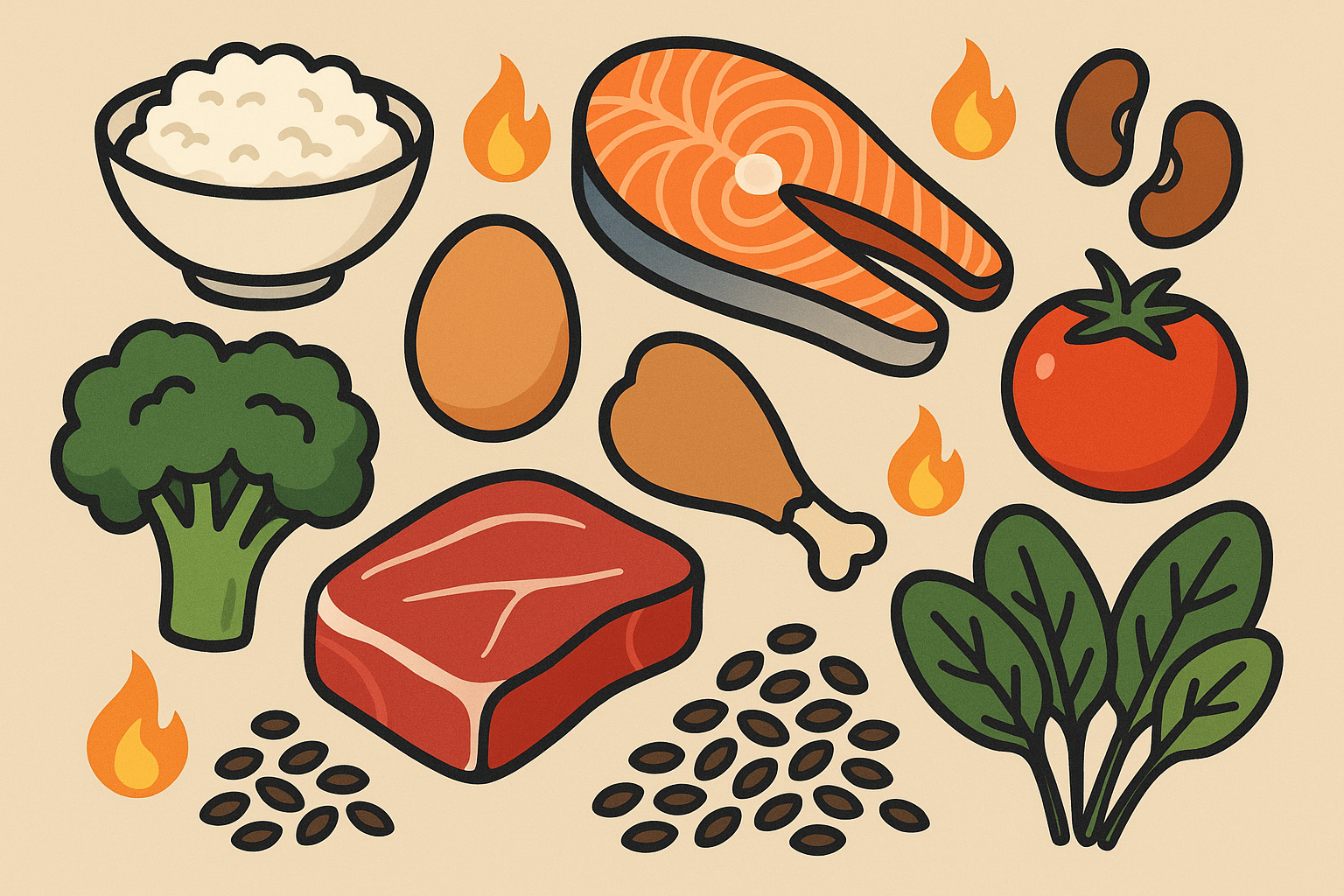
Why Printing Your Meal Plan Actually Rewires Your Brain for Success
I know, I know – printing stuff out sounds so 2005. But hear me out, because this weird little trick completely changed my relationship with meal planning. I was skeptical about this at first too, but there’s real science behind why physical meal plans work better than digital ones.
When I switched from using apps to a printable 1500 calorie meal plan, my adherence improved dramatically. There’s something about the tactile experience that makes your goals feel more concrete and achievable. It’s like the difference between thinking about doing something and actually writing it down – suddenly it feels real.
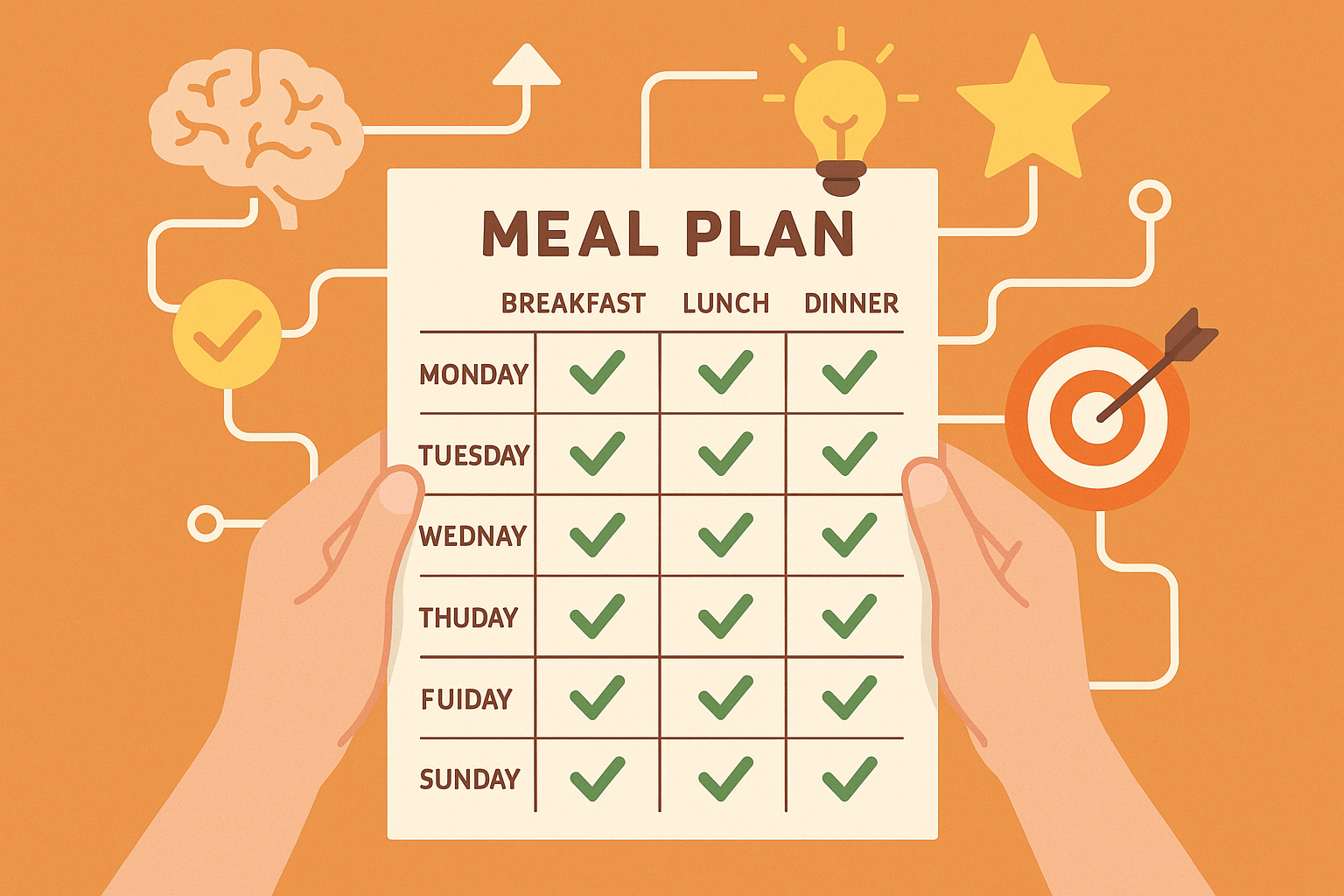
The Psychology of Physical Interaction With Your Plan
When you physically write on, check off, or modify your printed meal plan, you’re activating that part of your brain that notices red cars everywhere once you’re thinking about buying one. This makes you more aware of food choices throughout the day without having to consciously think about it all the time.
Why Writing Things Down Changes Your Brain
The pen-to-paper effect isn’t just feel-good advice – it actually changes how your brain processes and remembers information. When you write modifications or check marks on your meal plan, you’re creating stronger pathways that support your 1500 calorie goals without relying purely on willpower.
I’m not asking you to become obsessed with tracking, but paying attention to these patterns helped me figure out what was actually working:
Daily Meal Plan Success Checklist:
- ☐ Print weekly meal plan on Sunday
- ☐ Check off each meal as completed
- ☐ Note energy levels after each meal (1-10 scale)
- ☐ Mark any substitutions made
- ☐ Write tomorrow’s prep tasks before bed
- ☐ Review and adjust weekly on Saturday
Strategic Placement Creates Subconscious Reinforcement
Where you put your printed meal plan matters more than you’d think. I keep mine on the refrigerator door, and every time I reach for food, I’m reminded of my intentions without having to make a conscious decision about it. It’s like having a gentle accountability partner that doesn’t judge you.
Reducing Decision Fatigue Before It Starts
Every food decision you make throughout the day drains your mental energy, which is why most of us struggle more with our eating choices as the day goes on. Ever notice how you can be super disciplined at breakfast but by dinner you’re ordering takeout? That’s decision fatigue in action.
A well-designed printable format eliminates these micro-decisions, preserving your willpower for when you really need it.
Pre-Planned Substitutions Prevent Analysis Paralysis
Having substitution options printed directly on your meal plan prevents that overwhelming moment when you realize you’re missing an ingredient or don’t feel like eating what’s planned. Instead of abandoning your calorie goals and ordering pizza, you have immediate alternatives that keep you on track.
When my friend Maria realized she was out of Greek yogurt for her planned breakfast, she didn’t panic or skip the meal. Her printed plan had cottage cheese listed as an equivalent substitution, complete with the adjusted portion size to maintain her calorie target. This simple backup prevented the domino effect that usually led to abandoning her entire day’s plan.
Integrated Shopping and Prep Workflows
When your shopping lists and prep schedules are integrated into your printe
When your shopping lists and prep schedules are integrated into your printed plan, meal planning stops feeling overwhelming. Everything flows together naturally, making 1500 calorie adherence feel automatic rather than this constant mental battle.
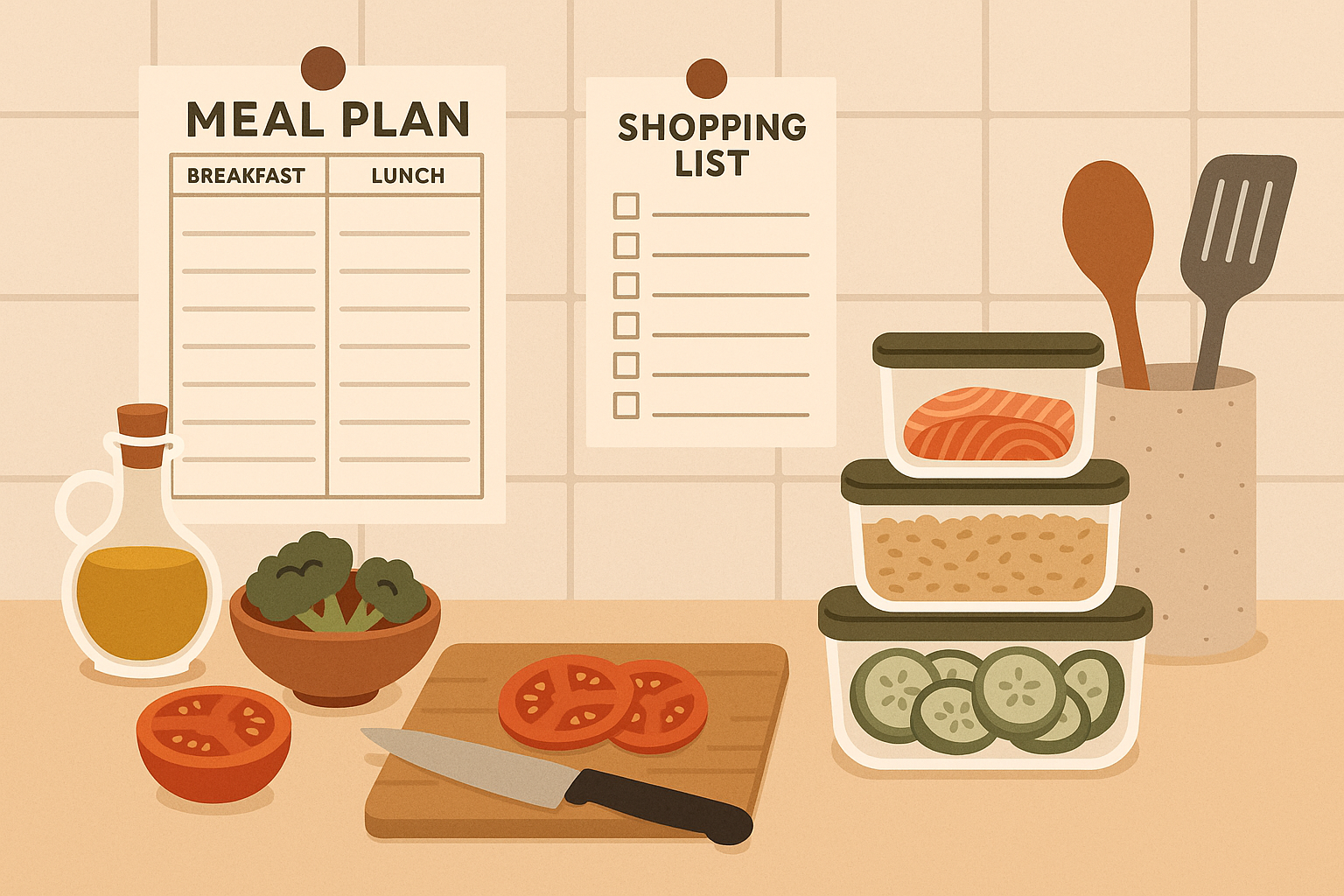
The Nutrient Density Secret That Makes 1500 Calories Feel Like More
Here’s where I messed up for months: I was focusing on restriction instead of optimization. I used to think “nutrient density” was just fancy diet talk until I realized why I was still hungry after eating “diet” food. When every calorie serves multiple nutritional purposes, you achieve this state where your body actually feels satisfied instead of constantly asking for more.
I discovered this accidentally when I started prioritizing nutrient-dense foods over low-calorie processed options. Suddenly, 1500 calories a day felt abundant rather than restrictive, and my energy levels soared. It was like my body finally stopped sending those desperate “feed me” signals.
Making Every Calorie Count for Multiple Purposes
I’ve learned to think of each calorie as an investment that should pay dividends in terms of vitamins, minerals, antioxidants, and actually making you feel full. When you achieve maximum nutritional bang per calorie, your body stops sending those panic signals because it’s actually getting what it needs at the cellular level.
This approach aligns perfectly with intuitive eating principles, where you learn to trust your body’s natural hunger and fullness cues when they’re properly calibrated through nutrient density.
Stacking Antioxidants for Synergistic Effects
Combining foods high in different antioxidant classes creates synergies that reduce the inflammatory markers typically associated with calorie restriction. This isn’t just about health – it’s about preventing the metabolic slowdown and increased appetite that often sabotage lower-calorie approaches.
Think of it like building a team where each player makes the others better, rather than just collecting individual all-stars.
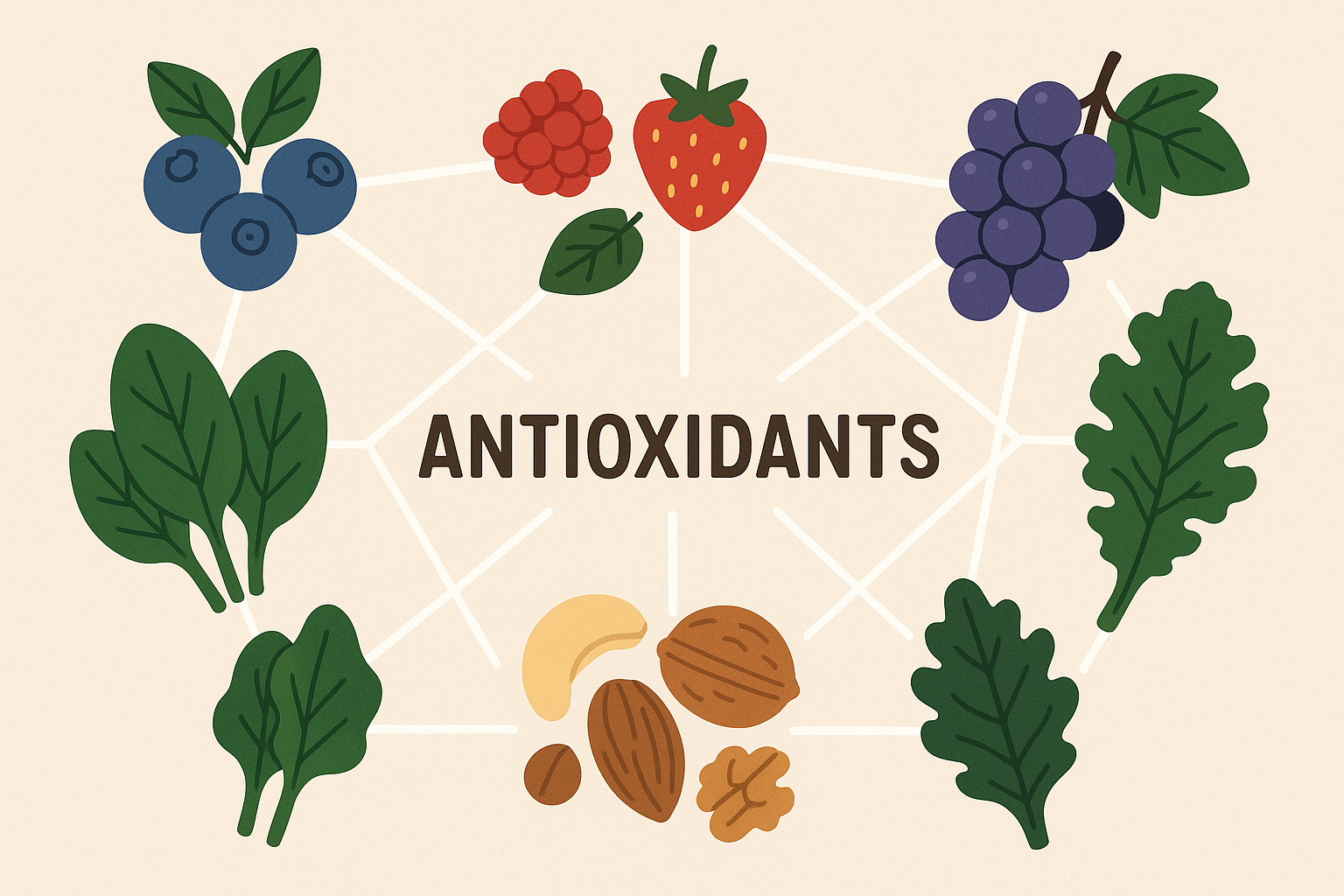
Getting Your Mineral Ratios Right
Pairing foods to ensure optimal mineral ratios prevents the nutrient deficiencies that trigger increased appetite on lower-calorie diets. When your body is getting the right balance of minerals, it doesn’t send false hunger signals trying to obtain missing nutrients.
It’s like giving your body the right keys instead of making it bang on the door asking for what it needs.
Maximizing Nutrient Absorption From Every Bite
How you prepare and combine foods can dramatically increase nutrient absorption, essentially making your 1500 calories nutritionally equivalent to a much higher calorie intake. This is where food preparation becomes just as important as food selection.
The Fermentation Advantage
The fermentation thing sounds bougie, but I’m talking about adding some sauerkraut to your sandwich, not making your own kombucha. Including 15-20% fermented foods in your daily 1500 calories improves gut health and nutrient absorption while providing natural appetite regulation through better gut-brain communication. Your digestive system becomes more efficient at extracting nutrients from everything you eat.
Understanding the connection between gut health and appetite control becomes clearer when you explore fermented options like drinking vinegars that can enhance digestion within your calorie framework.
Pairing Fats With Fat-Soluble Vitamins
Strategic placement of healthy fats with fat-soluble vitamin-rich foods ensures maximum nutrient extraction from every calorie consumed. This simple pairing strategy can significantly increase the bioavailability of vitamins A, D, E, and K without adding extra calories.
Instead of having her spinach salad plain, my friend Jennifer started adding a tablespoon of olive oil and some avocado slices. This made the salad way more satisfying within her 1500 calorie limit, but her body absorbed 3-5 times more of the fat-soluble vitamins from the spinach. The afternoon fatigue she used to experience? Gone.
Building a System That Actually Sticks Long-Term
Life is messy. Kids get sick, work gets crazy, and sometimes you end up eating gas station food for dinner. I’ve learned that the best meal plan is one that doesn’t fall apart the second you’re not perfect. The difference between short-term diet success and long-term lifestyle change is having systems that bend without breaking.
Real life happens, and your 1500 calorie approach needs to account for that. I learned this the hard way after several failed attempts at rigid meal plans that crumbled the moment my schedule changed or I had a stressful week.
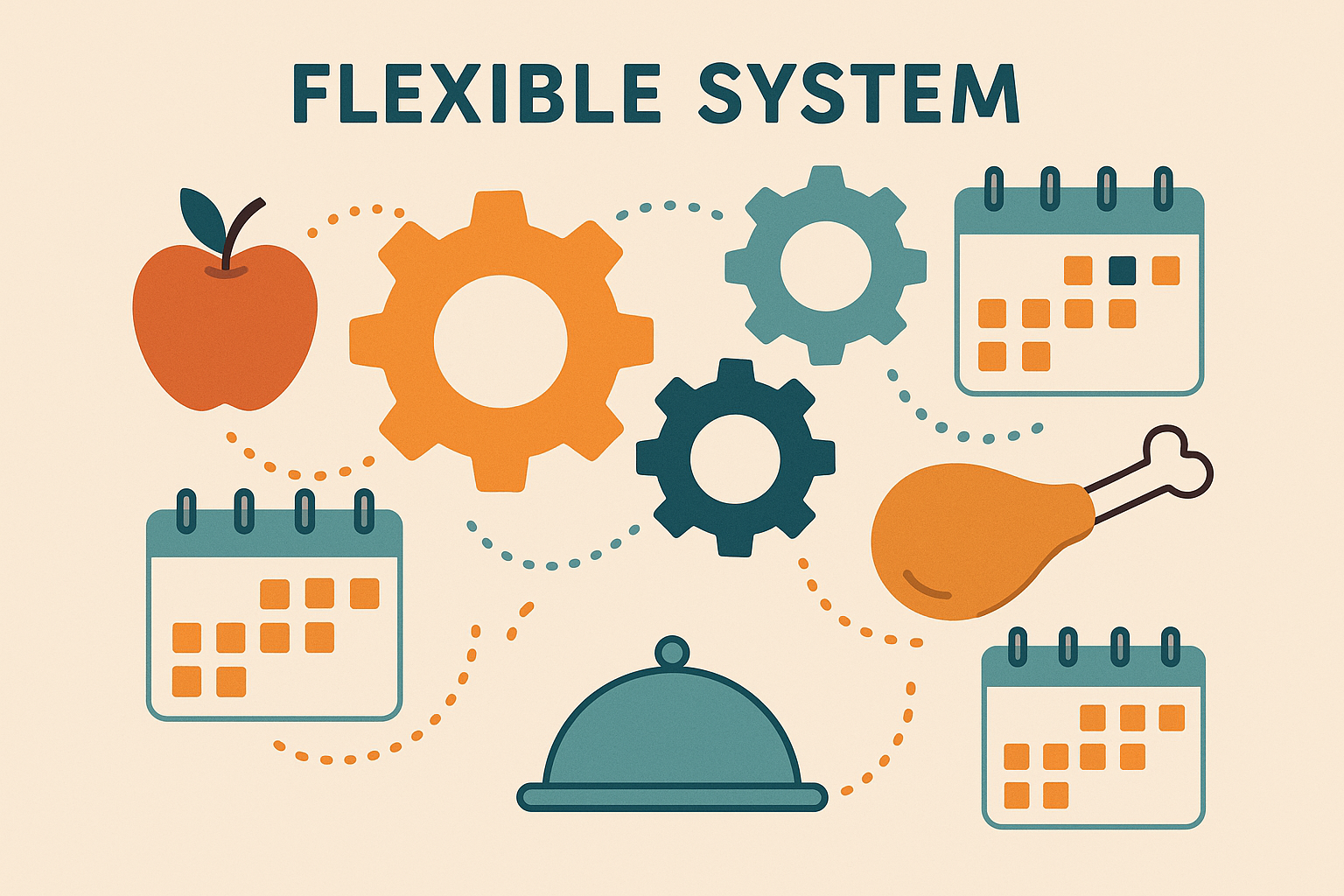
Creating Flexibility Within Structure
Rigid meal plans break the moment life gets complicated, but complete flexibility often leads to abandoning your goals entirely. The sweet spot is having a structured framework with built-in flexibility that keeps you on track without making you feel trapped or deprived.
Think of it like having guardrails on a winding road – they keep you safe without dictating exactly how you drive.
Navigating Social Eating Without Isolation
Pre-planned strategies for restaurants, social events, and travel ensure your 1500 calorie framework remains intact without forcing you to become a social hermit. Having these strategies mapped out ahead of time prevents those panic moments where you throw your goals out the window because you don’t know what else to do.
Social situations become much easier to navigate when you understand how to support your digestion before and after events, helping you maintain your energy and avoid the post-meal crashes that derail your next day’s eating.
Social Situation Survival Template:
- Restaurant Strategy: Review menu online, choose 2-3 backup options
- Party Plan: Eat a small protein snack beforehand, focus on socializing
- Travel Approach: Pack portable protein sources, research local healthy options
- Family Dinners: Offer to bring a dish that fits your plan
- Work Events: Eat the planned portions, skip the extras mindfully
Seasonal Adjustments That Prevent Boredom
Quarterly meal plan adjustments that account for seasonal produce availability and natural appetite changes prevent both nutritional stagnation and taste bud boredom. Your eating pattern should evolve with the seasons, not fight against them.
I rotate my meal plans every three months based on what’s fresh and available. This keeps things interesting while ensuring I’m getting peak nutrition from seasonal produce. Plus, it prevents that “ugh, chicken and broccoli again” feeling that kills motivation.
Emergency Meal Solutions for Stressful Times
Having 5-7 emergency meals that fit your 1500 calorie parameters prevents impulsive food choices during stressful periods. These aren’t just backup options – they’re stress-tested solutions for when life gets overwhelming and decision-making becomes difficult.
I keep a list of these on my phone because when I’m stressed, the last thing I want to do is figure out what to eat that won’t derail my progress.
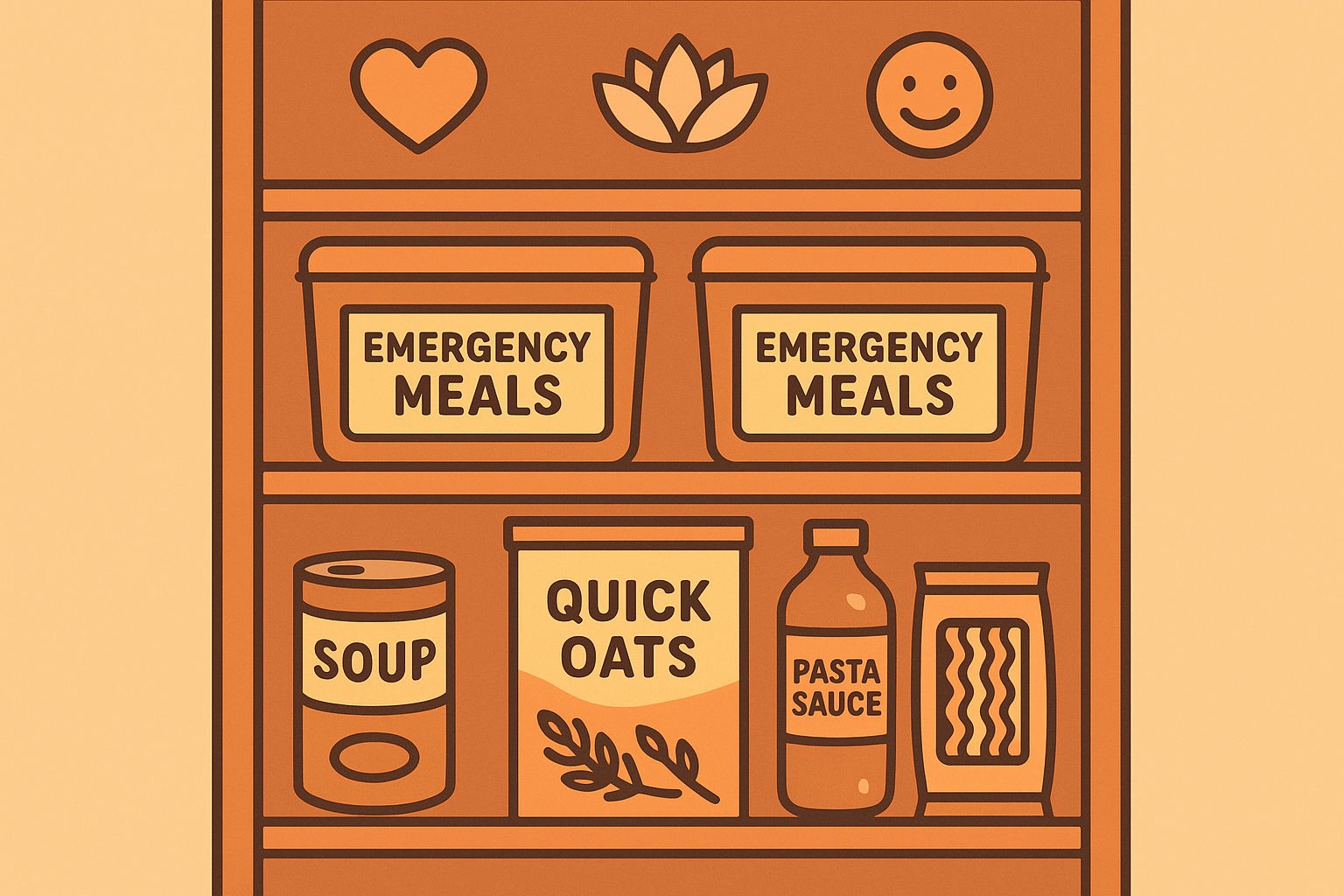
Measuring Success Beyond the Scale
Weight fluctuates for so many reasons that have nothing to do with your actual progress. I used to let daily weigh-ins ruin my entire mood, but measuring success through energy levels, sleep quality, and how you feel provides more meaningful feedback and keeps you motivated even when the scale isn’t cooperating.
Trust me, there are so many wins happening that the scale doesn’t show you.
Tracking Energy Patterns Throughout Your Day
Think of yourself as a detective of your own energy levels. Documenting how you feel at specific times helps you optimize meal timing and composition for sustained vitality. You’ll start to notice patterns between what you eat, when you eat it, and how you feel, allowing you to fine-tune your approach.
Energy Tracking Template:
- Morning (7-9 AM): Rate 1-10, note breakfast timing
- Mid-Morning (10-11 AM): Rate 1-10, note any crash
- Lunch Period (12-2 PM): Rate 1-10, note meal composition
- Afternoon (3-5 PM): Rate 1-10, identify patterns
- Evening (6-8 PM): Rate 1-10, assess dinner impact
- Night (9-10 PM): Rate 1-10, prepare for tomorrow
How Your Sleep Quality Reflects Your Eating Choices
Monitoring how different 1500 calorie meal compositions affect your sleep quality reveals personalized patterns for optimal recovery and hormone regulation. Better sleep supports better food choices the next day, creating a positive cycle that makes everything easier.
Research shows that even small amounts of weight loss (around 5% body weight) can make a real difference in overall health outcomes, demonstrating that consistent adherence to a well-structured 1500-calorie plan delivers meaningful results beyond just the number on the scale.
According to Diabetes UK, it’s important to combine a healthy diet with physical activity, as this can increase the amount of calories you burn each day while providing many other benefits to your physical and mental health.
Supporting your nutritional goals becomes even more effective when you incorporate high-quality supplements like marine collagen that provide the kind of bioavailable protein your body can efficiently utilize within your calorie framework.
If you’re looking for high-quality supplements to support your nutritional goals, Organic Authority offers carefully vetted products that align with this whole-food, bioavailable approach. Their marine collagen, for example, provides the kind of quality protein that works synergistically with the nutrient-dense foods in your meal plan.
Final Thoughts
Look, I’m not going to lie and say this is always easy. Some days you’ll nail it, some days you’ll eat ice cream for breakfast (been there). But when you stop fighting against your body and start working with it, 1500 calories stops feeling like punishment and starts feeling like taking care of yourself.
A successful 1500 calorie meal plan isn’t about restriction – it’s about optimization. When you understand the science behind meal timing, leverage the psychology of physical planning tools, prioritize nutrient density, and build flexible systems, this approach transforms from a diet into a sustainable lifestyle.
The key is working with your body’s natural rhythms and needs rather than against them. Your relationship with food can actually improve on 1500 calories when you focus on quality, timing, and smart preparation strategies that make every calorie count.
And honestly? That’s when the real magic happens. Trust me, if someone who used to eat cereal for dinner can figure this out, so can you.

